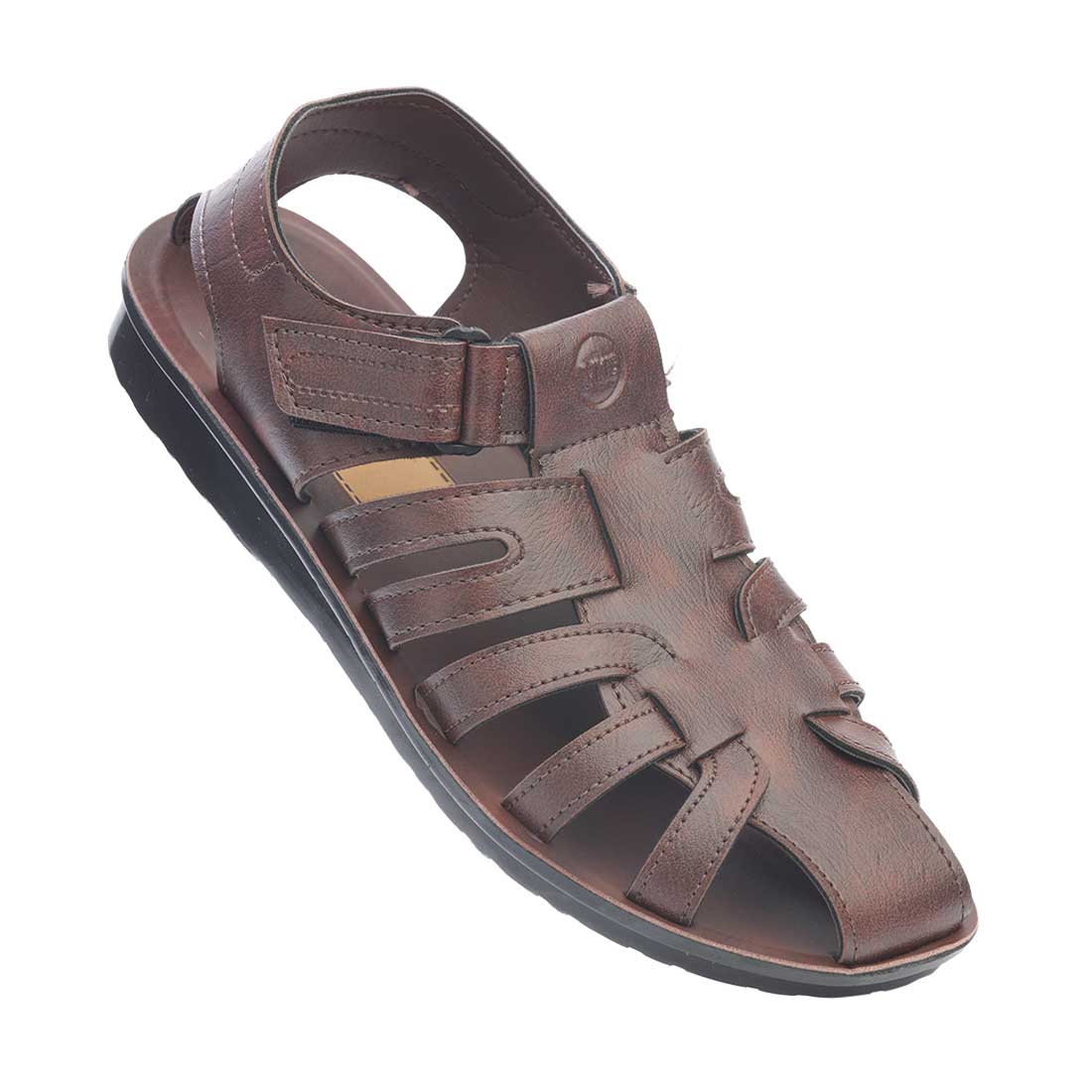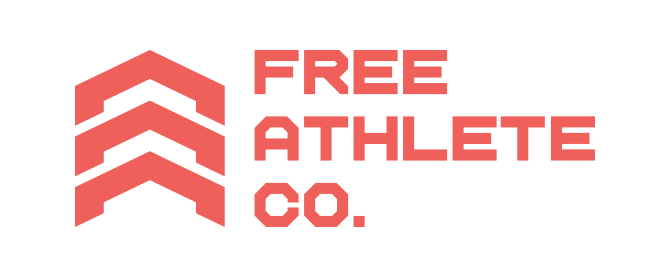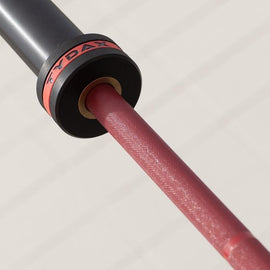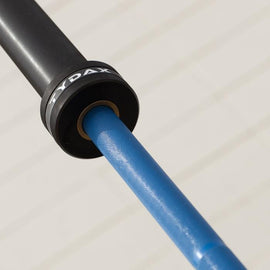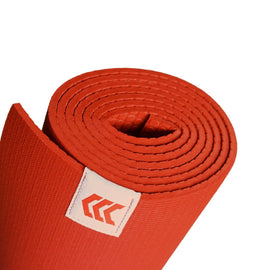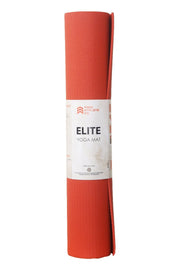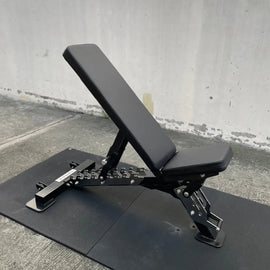We all know that fitness equipment are among the most abused gear you will ever have. To help you make them last a lifetime, we suggest the following care and maintenance:
GENERAL CLEANING
We recommend using a mild soap/detergent (ideally one that is non- toxic, environmentally friendly, and biodegradable) mixed with water and a microfiber cloth to clean dirt and remove germs from product surfaces. A soft bristle brush can be used to tackle areas that need additional attention, such as the knurl. Exercise caution around areas with greased or moving parts, such as bar sleeves.
DISINFECTANTS
When selecting a disinfectant for cleaning the equipment, select products that are free from ammonia, bleach or alcohol as these chemicals can damage various product surfaces (including steel, chrome, rubber, polyurethane and synthetic leather surfaces) and cause product deterioration over time.
BENCHES AND RACKS
Regularly clean the surfaces on frames and tubes to remove dust and dirt. Check that the structural frames and welds are free from cracks and rust. Check that all bolts between parts, walls and floors are properly tightened. For optimal durability, use products in an indoor climate.
BARBELL
Any weightlifting bar can be bent or damaged by severe abuse or improper use. Improper use includes, but is not limited to, barbells being dropped while unloaded, dropped on hard, non-absorbing surfaces or items (e.g. asphalt, concrete, etc.) and stored or left loaded on a rack for an extended period of time.
USE
Do not drop empty barbells onto the ground especially on hard surfaces such as concrete or asphalt. Barbells should only be dropped on platforms or surfaces designed for barbell use. We recommend using at least 30 mm rubber flooring.
For your own safety, always use collars on each end of the bar to prevent any movement of the plates during the lift.
STORAGE
Properly store your barbells in a clean and dry place. Barbells should not be stored with weights loaded, especially in a rack or similar device as this could eventually cause the bar to bend.
When storing the bar, it is best to leave it lying flat, as opposed to vertical. This will help prevent chalk from sliding into the bar’s sleeve assembly, thus ensuring that the bushings spin smoothly. You can find a barbell storage rack at our site www.freeathlete.co.
CLEANING
Step 1: Clean the Knurling
Leaving debris in the knurl, such as leftover chalk or dirt from your hands, can cause the bar to rust over time. In addition, acid from accumulated sweat can cause the bar’s material to corrode over time.
How to Clean your Barbell’s Knurling
- Apply a small amount of oil to the bar’s knurling.
- Use the brush to clean chalk and dirt out of the knurl.
Step 2: Wipe the Bar Down with Oil
Wiping down the bar with oil will help remove rust and protect the bar, thus ensuring that your bar will last long time.
How to Oil Your Barbell
- Apply a small amount of oil to a rag and wipe down the barbell with it.
- Use the brush to work the oil into the knurling.
- Let the oil on the bar dry for a few minutes.
- Use a clean rag to wipe down the bar and clean up any excess oil.
Use a mild soap/detergent mixed with water and a microfiber cloth to wipe down the product surface. We do not recommend using alcohol and chlorine-based products to disinfect plates as both will have a long-term impact on the rubber, causing it to deteriorate over time.
